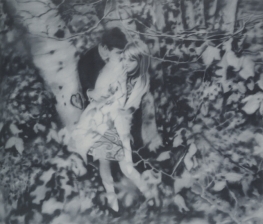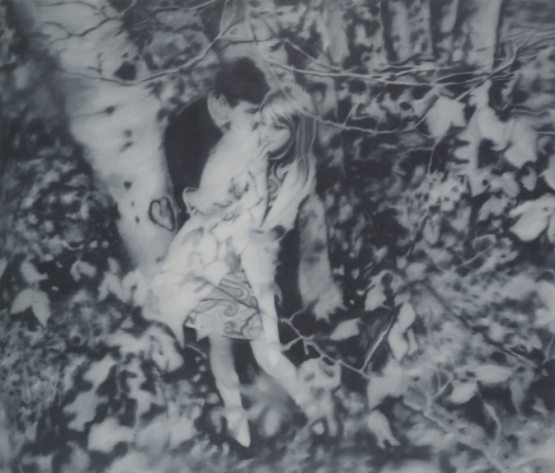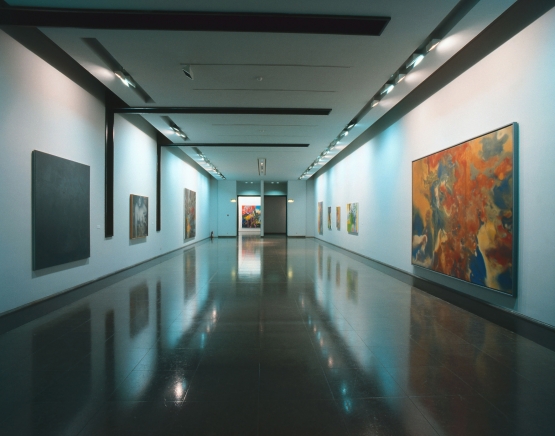This is the first anthological exhibition of Gerhard Richter's work in Portugal. Globally considered one of the greatest painters alive, his work is admired and frequently taken as a reference in this country. As time goes by, and consecutive generations and problematics configure so many diverse perspectives in artistic practice, Gerhard Richter's painting stands as an inevitable landmark when one thinks about the status of painting, in an era where the means of image reproduction, such as photography, have reached a state where they are so widely spread that the relation between subject and image has been profoundly altered. To think the practice of painting in this context and to relate it with its history is the challenge presented by this complex oeuvre, through its multiple paths. The group of works shown at this exhibition, belonging to the Beckmann collection, is revealing of all of the paths that have been tried and run through by Gerhard Richter. From the first "photo paintings" to the impressive crawling colours in his later gestural abstract ions, not forgetting the vanitas or the chromatic scales, we find ourselves before a precious cartography of this artist.
I would like to thank Fernando Frances, Director of Centro de Arte Contemporaneo de Malaga, for the passion he showed while sharing this project, Helena Juncosa and Maria Jesus Avila, who produced and brought the project into existence and Nuno Ferreira de Carvalho, at Museu do Chiado - MNAC, who organized the publication of this catalogue. To Jurgen Schilling who, as ever, curated this exhibition with all the devotion and proficiency that the oeuvre required. A special mention goes to Georg and Ingrid Bockmann, who demonstrated a very special awareness and insight while putting together this part of their collection, dedicated to Gerhard Richter, to whom I thank most sincerely for allowing us to continue to be fascinated and to think about painting at a level that gives us an insight into its greatest historical achievements.
Pedro Lapa
Director of the Chiado Museum - National Museum of Contemporary Art












